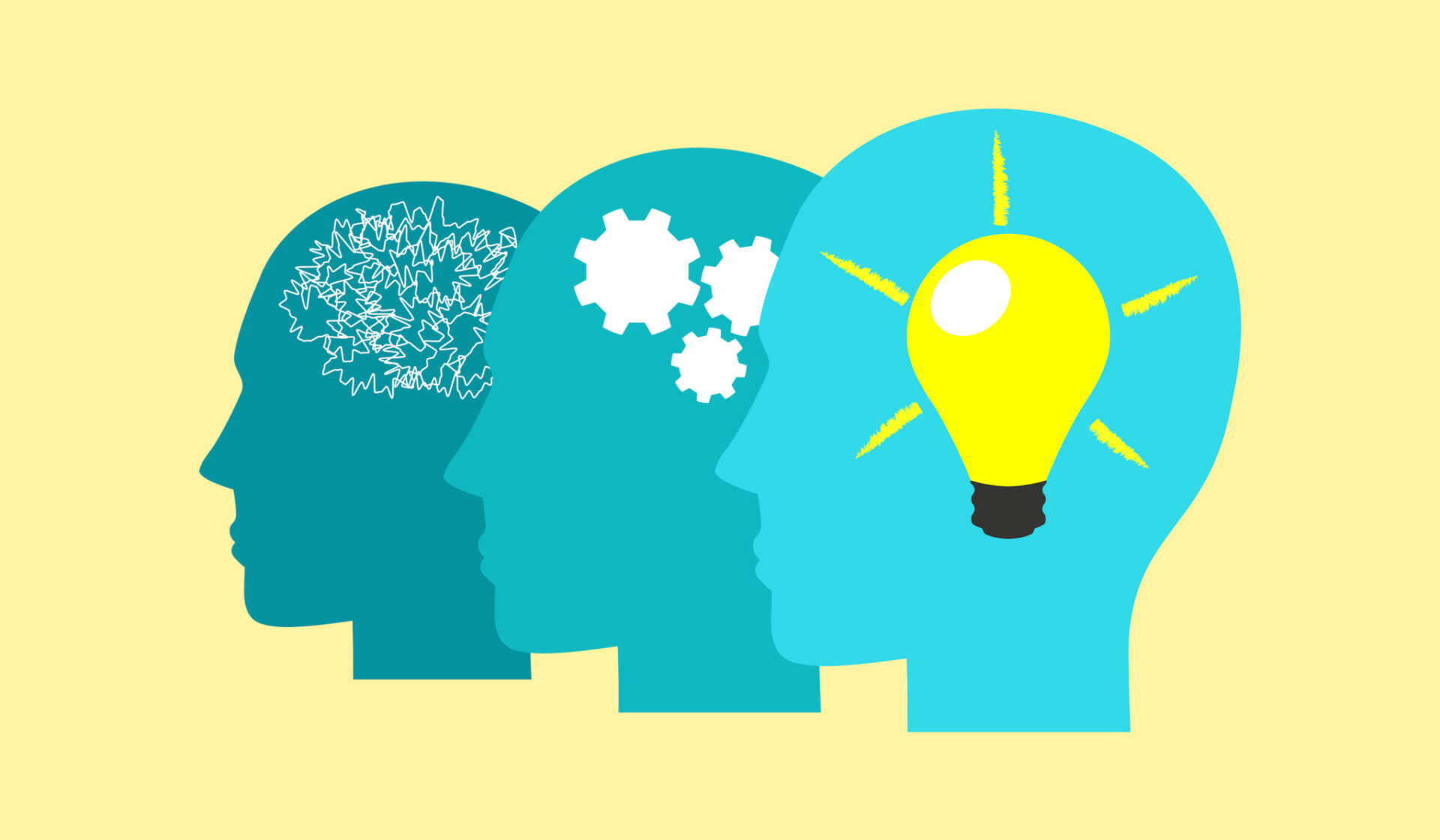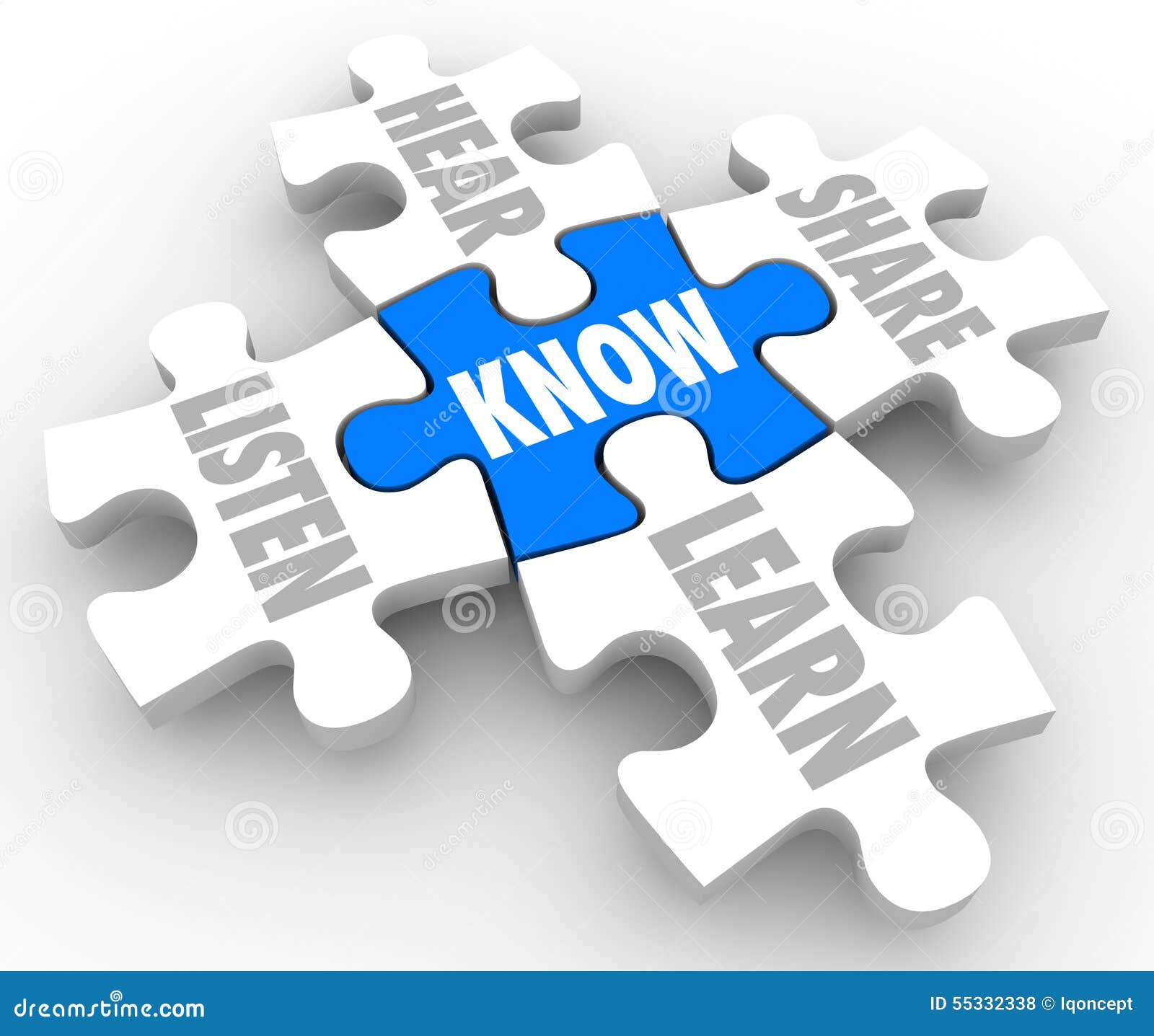Understanding The Essential Movie Rules - A Comprehensive Guide
Have you ever sat watching a movie and just felt something click, like the story was speaking right to you? Or maybe you've wondered why some films just feel right, while others miss the mark? There's a sort of shared language that filmmakers and audiences use, a collection of ideas and ways of doing things that make movies work. Getting a handle on these basic movie principles can really change how you see films, making the whole experience much richer, you know? It's like learning the secret handshake to a really cool club.
This isn't about rigid laws that filmmakers must follow without question. Instead, think of them as widely accepted ways of putting a story on screen, patterns that help us make sense of what we're watching. When a movie uses these common approaches, it helps us connect with the characters and the plot, making it easier to follow along and feel what the story wants us to feel. It's a bit like knowing the rules of a game; once you do, you can play along and even appreciate the clever moves, so.
So, whether you're a casual movie watcher or someone who loves to talk about film, getting a grip on these core movie ideas can open up a whole new level of appreciation. It's about seeing beyond the surface, recognizing the clever choices behind the camera, and truly getting what a film sets out to do. We're going to talk about some of these key elements that shape our movie-watching moments, giving you a fresh look at how stories come alive on screen, more or less.
- Sza Age Everything You Need To Know About The Rising Star
- When Did Frank Fritz Become A Notable Figure In The Antiques World
- Phoebe Plummer Parents A Deep Dive Into The Family Background Of The Rising Star
- Livvy Dune Passes Leak Unveiling The Mystery Behind The Controversy
- Did Mike Wolfe From American Pickers Pass Away Today Exploring The Truth Behind The Rumors
Table of Contents
- The Core of Movie Magic - What Makes a Film Click?
- Seeing the Big Picture - Grasping the Basics of Storytelling
- Why Do Movies Follow Patterns?
- Getting the Feel for Visuals - The Look of a Scene
- Are There Unspoken Agreements in Film?
- Listening to the Story - Sound and Music's Impact
- How Does a Film Make You Feel?
- The Hidden Meanings - Digging Deeper into Themes
The Core of Movie Magic - What Makes a Film Click?
When you watch a film, there's a certain way it presents its ideas, almost like a secret language. Getting a handle on how a movie builds its world and tells its tale is a bit like having a mental grasp on something. It's about seeing the pieces fit together, like recognizing how characters act or why certain events happen. This way of seeing things helps us create a picture in our minds of what the film is trying to say, you know? It’s a cognitive process, really, related to how we think about what’s happening on screen, so.
This knowledge about a film's inner workings, or about how its parts come together, lets us connect with it more deeply. If you get a film's concept, it means you truly comprehend what it’s doing. For example, your grasp of a particular film might be that the hero will always find a way to win, even when things look bleak. This collected knowledge about how movies usually work gives you a clearer picture of what to expect and how to interpret what you see, in a way.
It's about the capacity to take in information, ideas, or situations and truly make sense of them. This involves seeing the main point or importance of something, making connections between different parts, and figuring out what it all means. When you have this kind of insight into films, you know how they operate or what they're trying to communicate. It's like having a shared intelligence with the creators, allowing you to appreciate the craft on a different level, a bit.
- Julia Arnaz The Rise Of A Star In The Entertainment Industry
- Robert Fuller Now A Look Into The Life And Career Of A Hollywood Legend
- Cillian Murphy Young A Journey Through His Early Life And Career
- 5 Movierulz Alternatives You Need To Know About
- Dhruv Age Exploring The Rising Stars Journey And Achievements
Seeing the Big Picture - Grasping the Basics of Storytelling
Every good movie, almost every single one, has a story it wants to share. To really get the essential movie rules, we need to look at how these stories are put together. Most films follow a basic pattern: there's a beginning where we meet people and see their world, then things happen that cause problems or change, and finally, there's a way things get resolved. This isn't just random; it's a way to keep us interested and make sure the story feels complete, you know? It helps us follow the path the characters are on, and that is rather important.
Think about it like this: when you know the general flow of a story, you can anticipate certain things, which makes the experience more satisfying. For example, if a character starts with a clear goal, you'll expect them to work towards it, facing challenges along the way. When they finally reach or don't reach that goal, it feels earned because you've seen the journey. This basic setup, while seemingly simple, is a core part of what makes stories click with us, in some respects.
This idea of a story arc is a fundamental part of how we make sense of narratives. It gives us a framework, a mental model for what's unfolding. Without some sort of structure, a film could feel like a collection of random events, making it hard to connect with or care about what's happening. So, understanding the essential movie rules often starts with getting a grip on how stories are built, piece by piece, just a little.
Why Do Movies Follow Patterns?
You might wonder why filmmakers often stick to certain patterns. It's not about being uncreative; it's more about speaking a common language with the audience. When films use familiar ways of doing things, it helps us know what's going on without needing a lot of explanation. For instance, if a scene suddenly gets dark and quiet, we probably expect something suspenseful to happen, right? This is a shared understanding, a kind of unspoken agreement between the movie and the person watching it, so.
These patterns, or conventions, help films communicate quickly and effectively. They're like shortcuts for meaning. If a character is shown in a certain light, we might instantly get a sense of whether they're good or bad. If the music swells, we know something big or emotional is happening. These familiar signals let us focus on the story itself, rather than trying to figure out what every little thing means, which is pretty helpful, anyway.
It's a way for filmmakers to guide our feelings and thoughts without saying a word. By playing into what we already expect, they can then surprise us by breaking those expectations, making the experience even more impactful. So, these patterns aren't limits; they're tools that help movies connect with us on a deeper level, creating a more powerful experience. It's really about creating a shared mental space, that.
Getting the Feel for Visuals - The Look of a Scene
A big part of understanding the essential movie rules involves how a film looks. The way a scene is filmed, the colors used, and how things are lit all tell a story without words. For example, a scene shot with bright, warm colors might make us feel happy or hopeful, while dark, cool colors might suggest sadness or danger. These visual choices aren't accidental; they're carefully planned to make us feel a certain way and to give us information about the world of the film, you know?
The camera's position also plays a huge part. If the camera is low and looking up at a character, it can make them seem powerful or intimidating. If it's high and looking down, the character might appear small or vulnerable. These are subtle cues, but they have a big impact on how we perceive what's happening. It's a bit like how a painter uses different brushstrokes to create a certain feeling in their artwork, similarly to that.
Lighting is another key player. Harsh shadows can create a sense of mystery or fear, while soft, even light can make a scene feel calm and safe. All these visual elements work together to build the atmosphere and help us grasp the mood and meaning of each moment. Getting a sense of these visual principles is key to really appreciating the craft that goes into making a film, basically.
Are There Unspoken Agreements in Film?
Yes, there are absolutely unspoken agreements in film, a kind of mutual understanding between the creators and the audience. One of the biggest is the idea of "suspension of disbelief." This means we, as viewers, agree to put aside our doubts about how realistic something is, for the sake of the story. We accept that a superhero can fly or that a talking animal exists in the film's world, even though we know it's not real, you know? This agreement allows the story to unfold without constant questioning, so.
Another common agreement involves character consistency. We expect characters to behave in ways that make sense for who they are. If a character is established as kind and honest, and then suddenly acts cruelly without any explanation, it can feel jarring. This doesn't mean characters can't change, but their changes usually need to be shown and explained within the story, making them feel earned and believable, more or less.
These agreements are like a foundation that filmmakers build upon. They allow for a shared experience, where both sides are playing by the same general set of rules, even if they're never actually written down. It's about creating a believable reality within the film's boundaries, and our willingness to go along with it helps the magic happen. This shared understanding makes the film experience much more smooth and enjoyable, pretty much.
Listening to the Story - Sound and Music's Impact
When we talk about understanding the essential movie rules, we can't forget about what we hear. Sound and music are incredibly powerful tools in filmmaking, shaping our feelings and adding layers to the story. Think about how a sudden loud noise can make you jump, or how a sad piece of music can bring tears to your eyes. These audio elements are carefully chosen to guide our emotions and to give us more information than just the pictures alone, you know?
Sound effects, for instance, make the world of the film feel real. The crunch of footsteps on gravel, the distant wail of a siren, or the gentle rustle of leaves – these details draw us deeper into the scene. They create a sense of place and help us believe what we're seeing. Without these sounds, a film can feel empty and less alive, which is rather true.
Music, or the film's score, is perhaps even more influential. It can build tension, create excitement, or evoke sadness. A particular tune might become linked to a character or a theme, letting us know what's coming or reminding us of something important. The way music swells or fades, or how it changes pace, is all part of the film's language, helping us grasp the emotional journey the story wants us to take, so.
How Does a Film Make You Feel?
A big part of what makes a movie work is its ability to make you feel something. This isn't just accidental; filmmakers use specific ways to create those emotional connections. It's about how the story unfolds, the way characters behave, and even the pace of the film. If a movie wants you to feel suspense, it might slow down the action, use quiet sounds, and show close-ups of anxious faces. This careful control over how the story is presented is what helps shape your reaction, you know?
The pacing of a film, for example, is a very important tool. A fast-paced movie might make you feel excited or on edge, while a slow, deliberate pace can create a sense of calm or contemplation. This rhythm helps to guide your emotional response, making sure you're feeling what the creators want you to feel at each moment. It's like a dance, where the film leads and you follow, more or less.
It's also about how well you connect with the people on screen. When you start to care about what happens to a character, their joys and sorrows become your own. This emotional bond is often built through showing their struggles, their triumphs, and their human qualities. When a film successfully creates this connection, it leaves a lasting impression, long after the credits roll, in a way.
The Hidden Meanings - Digging Deeper into Themes
Beyond the surface story, many films have deeper messages or ideas they want to explore. This is where understanding the essential movie rules can get really interesting. Films often use symbols or recurring ideas to talk about bigger topics like love, loss, good versus evil, or the meaning of life. These hidden meanings, or themes, add richness and depth to the viewing experience, making you think long after the movie is over, you know?
A simple object, a color, or even a particular line of dialogue can carry a lot of extra weight. For instance, a bird might symbolize freedom, or a stormy sky could represent inner turmoil. These elements aren't just there by chance; they're placed carefully to hint at the film's deeper concerns. Catching these subtle clues is like uncovering a secret conversation the film is having with you, that.
When you start to notice these underlying messages, you're not just watching a story; you're engaging with ideas. It's about seeing how the film reflects on human experience, society, or even the world at large. This ability to look beyond the obvious and grasp the film's broader points is a truly rewarding part of watching movies. It turns a simple viewing into a more thoughtful and enriching experience, pretty much.
So, we've talked about how films build their stories, from the general flow of events to the specific ways visuals and sounds are used to create feeling. We've also touched on the unspoken agreements between movies and us, the audience, and how films often carry deeper meanings beneath their surface. Getting a sense of these ideas can truly change how you watch movies, giving you a fuller picture of what goes into making them and how they connect with us.
- Is Mike Wolfe Dead The Truth Behind The Rumors
- Exploring The World Of America Pickers A Deep Dive Into Antique Treasures
- Frank Fritz From American Pickers A Comprehensive Look Into His Life And Career
- Did Mike Wolfe Die Understanding The Truth Behind The Rumors
- Frank Frizt

Why You Need to Check for Understanding - Executive Leadership Consulting

» Blog Archive Understanding The Practice Dynamic - Dr Ropra

Understanding Cartoons, Illustrations & Vector Stock Images - 5900